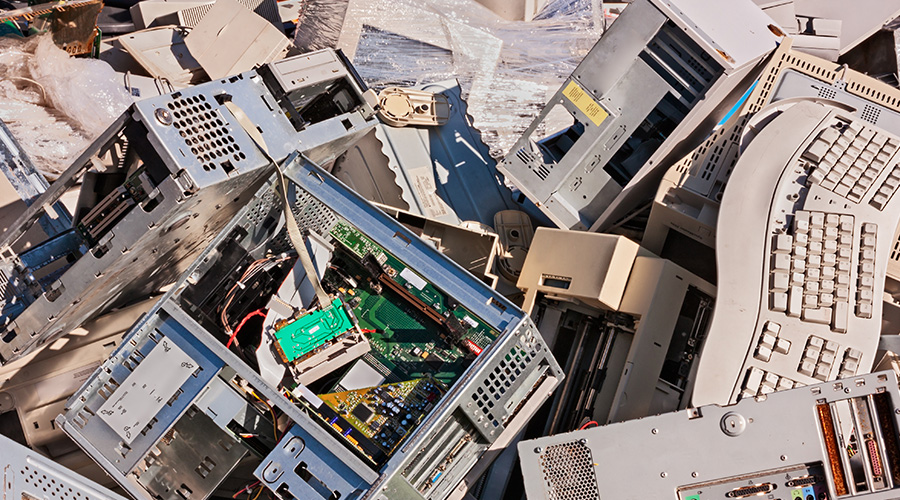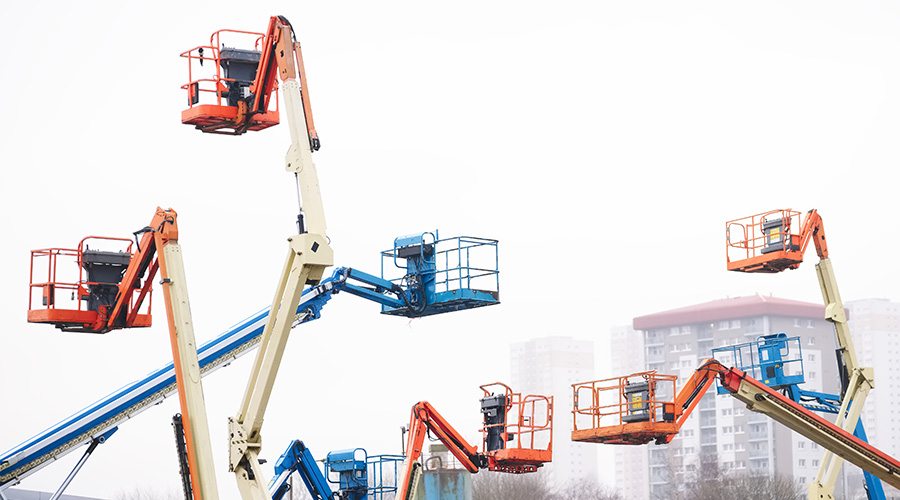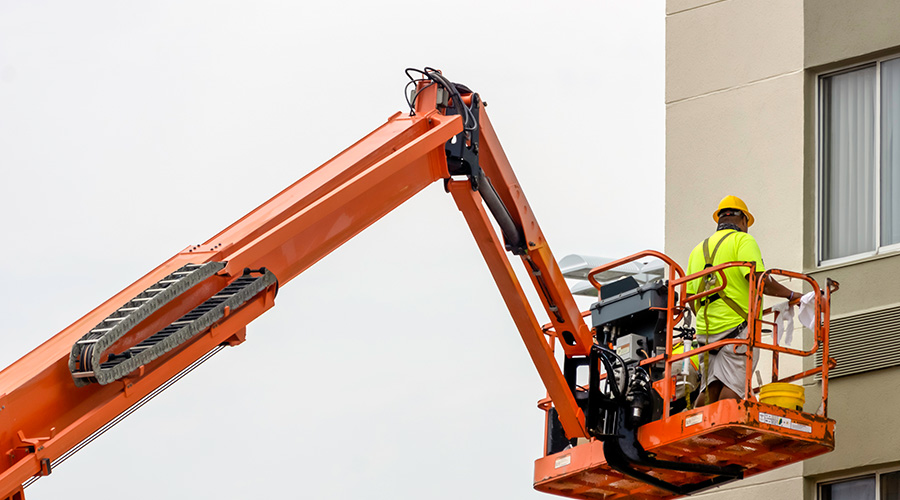Organized MRO Storerooms Improve Productivity, Operations
Maintenance and engineering managers often overlook maintenance, repair and operations (MRO) as a source of savings in institutional and commercial facilities. The bottom line is often painfully affected by something as simple as not being able to rapidly locate an inexpensive, over-the-counter part.
Simple, day-to-day operating procedures are essential for efficient, well-run storerooms. Procedures, when implemented and applied in a well-disciplined, deliberate, and methodical manner, eliminate stock-outs, expensive air freight, costly manufacturing, and equipment downtime. Maintenance efficiency improves because parts are on hand when needed.
The introduction of Kaizen, Kanban, 6-Sigma, 5-S, and the lean manufacturing concept, demand that MRO storerooms employ best practices in their operations. Computerized maintenance management systems (CMMS) aid managers in planning unscheduled machine downtime for maintenance, predictive and preventive maintenance scheduling, reliability-centered maintenance, and total productive maintenance practices.
Common Storage Problems
Managers frequently overlook or fail to recognize the importance of efficiently organized and operated storerooms. Despite the efforts of talented, experienced, and dedicated technicians, MRO storage areas operate out-of-sight and out-of-mind. Storerooms often receive money for parts but rarely for better storage fixtures or improved efficiency.
Consequently, many storerooms resemble a dump instead of a significant operation containing expensive and critical parts. Aisles are cluttered, shelving is dusty, dirty and messy, and similar parts are stored in several places. Beyond those issues, parts still reside in the boxes they were shipped in, overhead lights are burned out, and corners are littered with equipment parts left over from overhauls or upgrades.
The problems too often do not end there. Upright storage cabinets are either missing doors or have the doors bent so badly they will not close and lock. Interior shelves are missing, damaged or collapsed. Out-of-date paint and related supplies occupy cabinets streaked with spills and smears. The room might include several barrels and crates of unused parts. Is this any way to support facilities operations?
Related Topics:














